If you were to look with the eyes of faith into the world of nature for signs of Jesus’ Resurrection, you’d find them everywhere. Dawn follows the darkest night; spring follows the desolation of winter; people heal, both emotionally and physically, after tragedies; and Good wins out over Evil time and again (though, admittedly, it may take some time to see it.)

Image: Indian Purple Emperor Butterfly
But in God’s animal creation, I’m sure the clearest symbol of the Resurrection is the butterfly, or more specifically, the changing of a caterpillar into a butterfly. It is one of the most amazing natural processes that exists on this earth.
Greek to Me
The scientific name for the process is “metamorphosis”, which, in nature, simply means changing from one biological state or structure to another. Like just about everything in biology, it’s a Greek composite word consisting of meta meaning “change” and morphé meaning “form”.
Actually, changing form is something that happens to every living thing in some way or degree. We get a hint of it in the natural process we happen to know best: the stages of human development from conception to death.
But these are more like the stages of growth of the same body, so to speak. What we have in the butterfly (and its cousin the moth), however, seems to be categorically different.
 The butterfly’s transformation is the most dramatic body change of all creatures in nature. He enters one state looking one way and comes out on the other end a seemingly different creature, virtually unrelated to what existed before!
The butterfly’s transformation is the most dramatic body change of all creatures in nature. He enters one state looking one way and comes out on the other end a seemingly different creature, virtually unrelated to what existed before!
Likewise, it’s not just a single metamorphosis. The butterfly’s four distinct body states require three metamorphoses in between them to get to the final beauty. Properly speaking, only the last change is called a metamorphosis, but every change is astounding in its own right.
It’s almost as if God said: “Well, if you didn’t get the concept on the first transformation, let me show you a couple more—in the same creature—and when we get to the final glorious product, maybe my transformative power will finally be clear.”
That’s what makes the butterfly a potent and multi-layered symbol of the Resurrection.
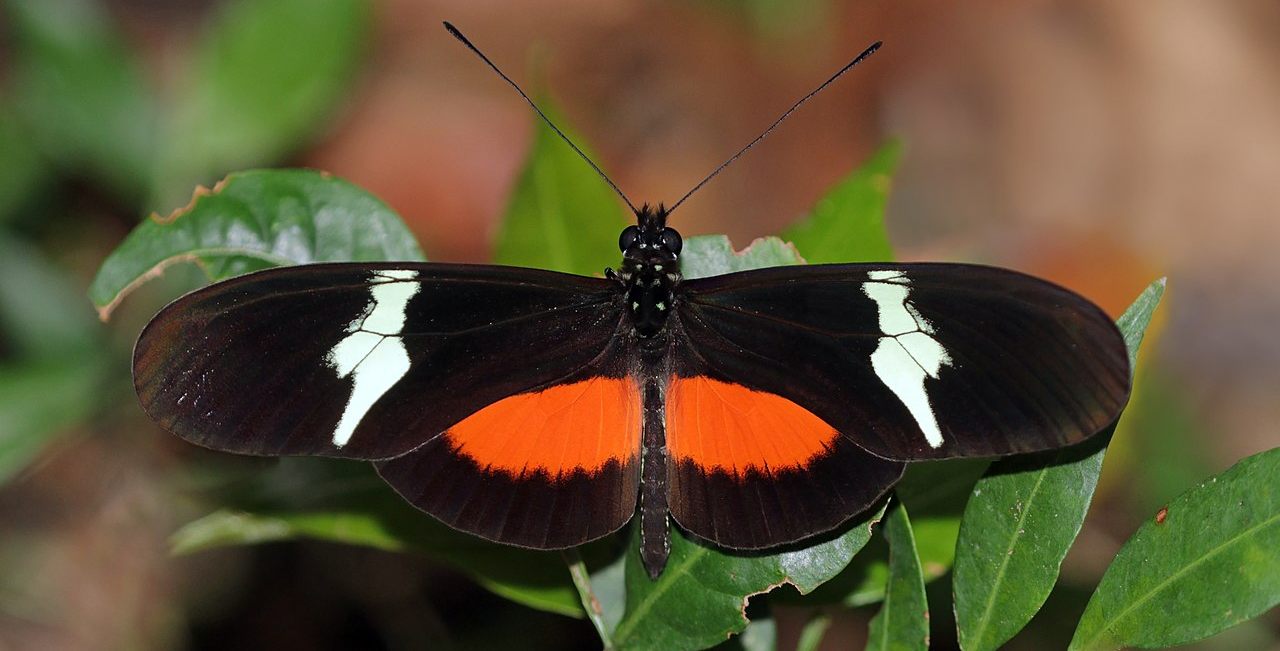
Biology Speaks
The four stages of a butterfly’s life are well known, although, if you’re like me, you might never have realized that a simple creature like an insect could be so complex! Here is the lifespan of a butterfly which, generally speaking, lasts only about 2 weeks. In rare cases they live a few months. In other words, you have to enjoy butterflies when you see them.
Stage 1: Egg (incubation)
Butterfly eggs are unusual in the world of insects for being almost perfectly round and hard-shelled, an outer covering which is usually devoured by the very creature that emerges in the next stage.
Stage 2: Larva (childhood)
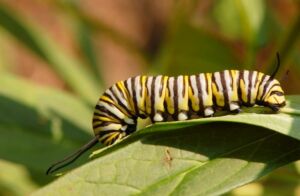
The Monarch Caterpillar
Or more colloquially, “Caterpillar”! This one is quite fascinating. His only job it to eat. In fact, he eats and eats and eats and then eats some more. Some caterpillars can eat as many as 200 leaves a day! He gets so fat that he splits his skin several times before he goes into the next state.
These soft-bodied creatures are also pretty clever. They somehow know that they are likely to become food for larger predatory animals, so some caterpillars can develop defense mechanisms in the form of spikes on their backs, clever camouflage, and (gulp) nasty tastes if an animal tries to eat them.
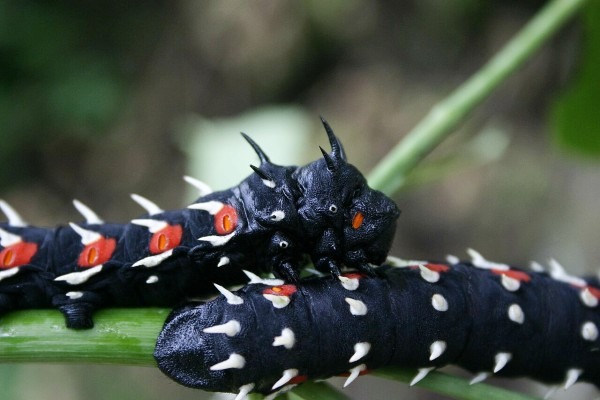
Cabbage Tree Emperor Caterpillar
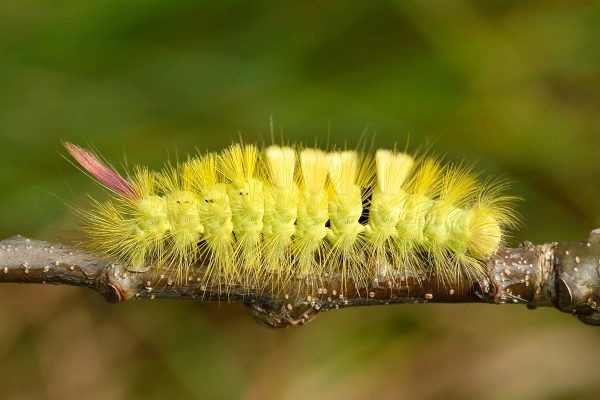
Calliteara Pudibunda Caterpillar
The monarch caterpillar, for example, eats toxic substances all day while he’s in that state, and the toxins in his system make him highly pungent to the taste. The toxins of childhood remain in the adult butterfly which provides a nice natural defense mechanism for one of the most beautiful creatures on earth.
You’ve probably seen the spiky type of caterpillars if you’ve ever been around a garden for any length of time. Inadvertently touching one of the spikes can be a rude reminder to wear gloves next time!
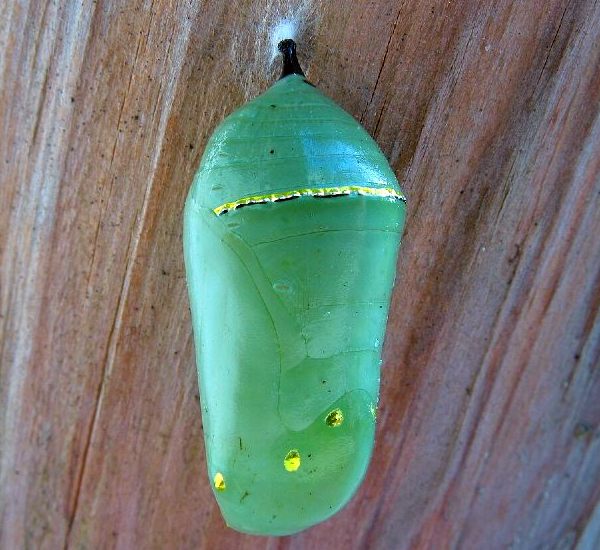
Monarch Butterfly Chrysalis
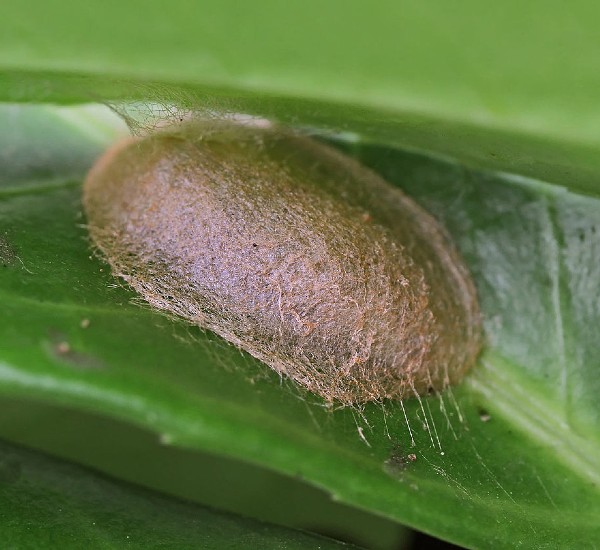
Moth Cocoon
Stage 3: Pupa (adolescence)
This biological term derives from a Latin word that means “doll” or “puppet” signifying the complete covering he makes for himself. We get our English word “pupil” from it when it is applied to a boy or girl.
At a certain point in Stage 2 the caterpillar stops eating. You’d think he’d die, but he only enters another phase of life by spinning what we call a chrysalis around himself. Sometimes we refer to it as a cocoon, but cocoons are technically only spun by moths.
(The word, again, is Greek, coming from krysos, meaning “gold” and salid meaning “sheath”. A golden sheath: that’s a pretty literal description of a chrysalis.)
The caterpillar gets the materials for his chrysalis from all the plants he has devoured in his several days of life up to that point. So there was actually a method to all his gluttony!
Stage 4: Butterfly (adult)
These most beautiful insects in the animal world hardly need description. The vast array of colors and wing styles is a testimony to their natural beauty. There are over 17,000 species of butterflies in our world, being natives of all continents except Antarctica. Their beauty and delicacy is unsurpassed in nature.
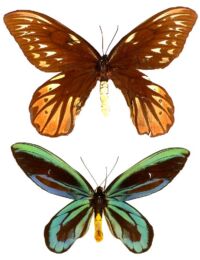 Incidentally, in case you were wondering, the world’s largest butterfly lives in Southeast Asia (primarily India and Pakistan) and is called the Queen Alexandra’s Birdwing because it looks like it is flapping its wings like a bird when it extends them to its full 11- or 12-inch wingspan. (This one is featured second of ten in the longer video below, and it’s a real beauty.)
Incidentally, in case you were wondering, the world’s largest butterfly lives in Southeast Asia (primarily India and Pakistan) and is called the Queen Alexandra’s Birdwing because it looks like it is flapping its wings like a bird when it extends them to its full 11- or 12-inch wingspan. (This one is featured second of ten in the longer video below, and it’s a real beauty.)
Same Creature Different Form
But how is it that something so ugly and ungainly as a caterpillar could turn into a magnificent butterfly? I mean, the ugly duckling that turns into a swan at least has the same two legs, the same two wings, and the same head and beak on top of a long neck.
The caterpillar, in contrast, can have a dozen appendages that act like legs, sometimes sharp spikes, rudimentary eyes, and a fierce mandible to execute his voracious appetite. When this same caterpillar emerges from its sleep in the chrysalis, he has only six spindly legs, a well-defined head with antennae, a tube-like mouth instead of jaws, real eyes, a slim body, and glorious wings!
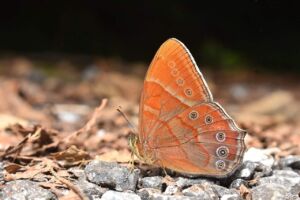 The answer to this metamorphic question is in the cells. In human terms we’d call them stem cells that form inside the creature even from the egg stage. They are actually groups of cells called “imaginal discs” which develop into all the adult body parts I just mentioned. The image or “imago” (technical term) of what the butterfly will look like is thus already determined by these cellular blueprints.
The answer to this metamorphic question is in the cells. In human terms we’d call them stem cells that form inside the creature even from the egg stage. They are actually groups of cells called “imaginal discs” which develop into all the adult body parts I just mentioned. The image or “imago” (technical term) of what the butterfly will look like is thus already determined by these cellular blueprints.
So, the gorgeous wings that seem to emerge from nowhere out of the chrysalis, were biologically “programmed” into the development of the butterfly by God to emerge at the right time and in the right circumstances. That means they couldn’t emerge in the egg stage, or the larval stage, which were preparations for them. They had to develop inside the “tomb” of the chrysalis.
Death and Resurrection
“Behold, I make all things new.” (Rev 21:5)
Which brings us to our special day of Easter. We know that a very good thing happened inside a tomb some 2000 years ago.
This is the mysterious and brilliant appeal of Christianity. The Resurrection of Christ from the dead put the tomb itself—once a symbol of hopelessness—through a gigantic metamorphosis.
The tomb is no longer a tyrant. In fact, it’s a servant. It’s not an end. It’s more like a stage in our development if we see the total picture of our lives extending beyond the confines of this mortal life. The tomb is the doorway to the new life.
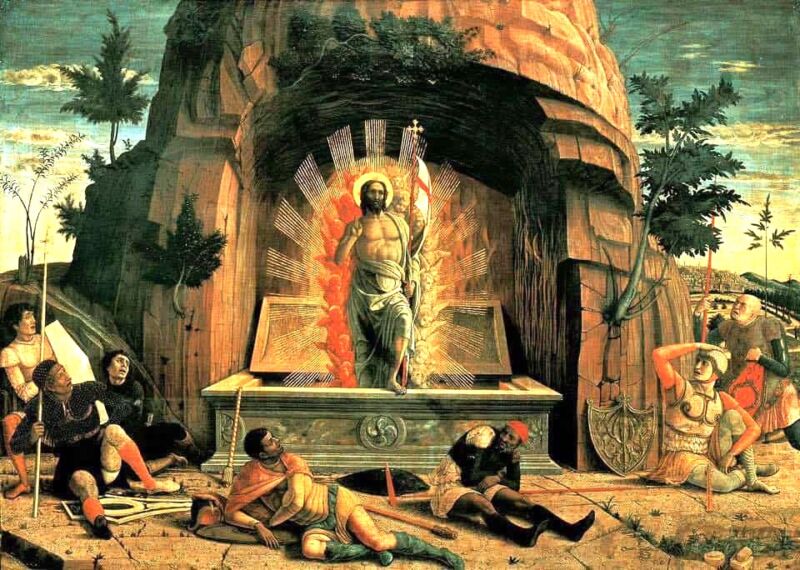
For people of faith, the transformation that happens at death is much more profound than the change of one physical body into another. Using the image of seeds, St. Paul says that the body that goes into the tomb “is sown a natural body; [but] it is raised a spiritual body” (1 Cor 15:44).
The change is a metamorphosis from material/natural to spiritual/eternal. We even have the promise of receiving the physical body back at the end of time. Undoubtedly, it’s hard to conceive of all this with our limited minds, so this is where faith comes in.
God must have spoken about the fact of resurrection a thousand times in His love letter to us (the Scriptures). The clearest passage is probably from Ezekiel’s parable of the Dry Bones, where God said explicitly, “I will open your graves and have you rise from them” (Ez 37:12). In short, if we believe it and live as if it were our destiny, one day we’ll actually see it with our own eyes. It’s all part of the plan.
Our Own Imaginal Seeds
To stretch the biological analogy a little further, we can say that we also have a type of spiritual stem cells in us. Every baptized person, whether child or adult, is given three spiritual gifts that live in the depths of our souls and gradually unfold like bright wings during our spiritual journey.
 These are what the Catholic Tradition calls the Theological Virtues of Faith, Hope, and Charity. They are literally the blueprint of God’s life within us. When we let their grace work in us, these gifts eventually transform us into the “image of God” (what the Fathers of the Church call the imago dei). It’s such a beautiful irony that the very biological term “imago” applies to the spiritual realm so perfectly.
These are what the Catholic Tradition calls the Theological Virtues of Faith, Hope, and Charity. They are literally the blueprint of God’s life within us. When we let their grace work in us, these gifts eventually transform us into the “image of God” (what the Fathers of the Church call the imago dei). It’s such a beautiful irony that the very biological term “imago” applies to the spiritual realm so perfectly.
Those graces are working within us throughout our lives, unseen, to bring to fruition the glorious plan that God has in store for all His beloved children. The only thing that destroys the work of God in our souls is sin, so our daily goal should be to cooperate with those graces through prayer and the sacramental life. The saints testify that those virtues can do amazing work within us!
And they will ultimately lead us through the doorway into the next life. Won’t that day be glorious when we emerge from our tombs and wake up to see the Face of the Resurrected One Himself smiling back at us? The glorious radiance of that place will make even butterfly wings seem like dull things of earth.
Monarch butterfly emerging from Chrysalis (1 minute)
10 Most Beautiful Butterflies on Planet Earth (~9 minutes)
—–
Via Wikimedia Commons: Feature Image (Mike Beauregard); Monarch caterpillar (© Derek Ramsey); Cabbage Tree Emperor Moth Caterpillar (Paul venter); Queen Alexandras Birdwing (Mark Pellegrini); Collection 2 (Marek Slusarczyk); Indian Purple Emperor (Tamaghna Sengupta); Monarch Chrysalis (Greyson Orlando); Cocoon (© entomartIn); Calliteara Putibunda (Ivar Leidus); Charles J. Sharp (Peacock; Ceres Forrester; Montanus Longwing); Jezebel (Jeevan Jose); Mitterbach (Uoaei1); Heliconius (Richard Bartz); Lethe Scanda (MaheshBaruahwildlife); Orange Tiger (Alias 0591); Resurrection (Mantegna) and Faith-Hope-Charity in the public domain.
—-
[Note: This article is a reproduction of the Sacred Windows Email Newsletter of 4/20/25. Please visit our Newsletter Archives.]
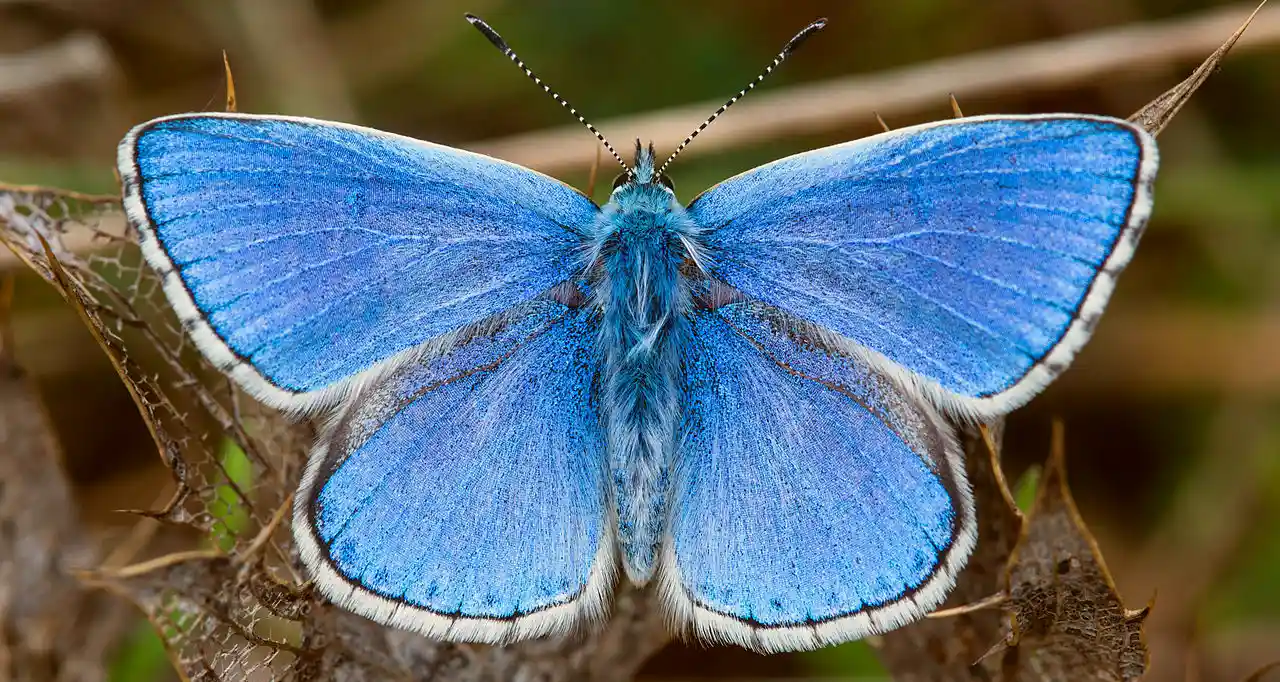
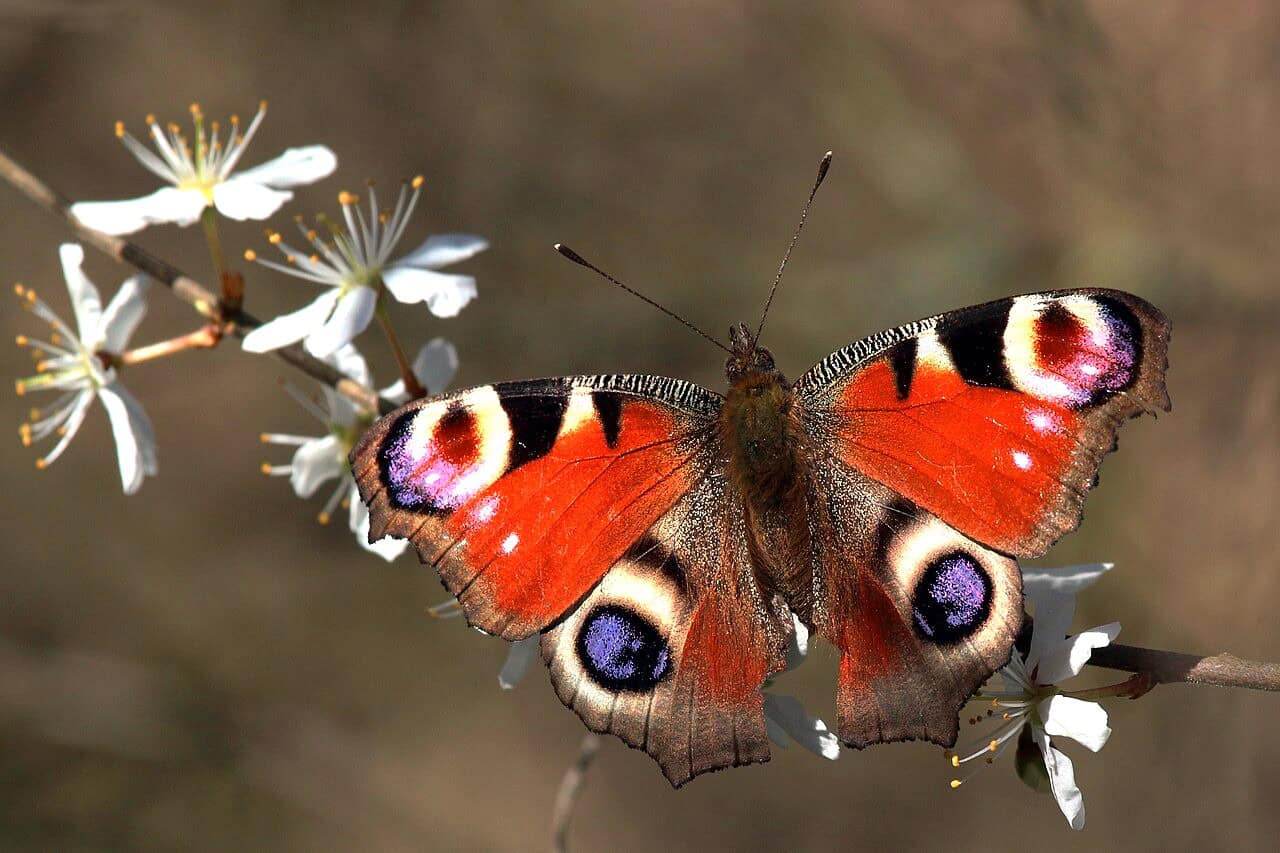
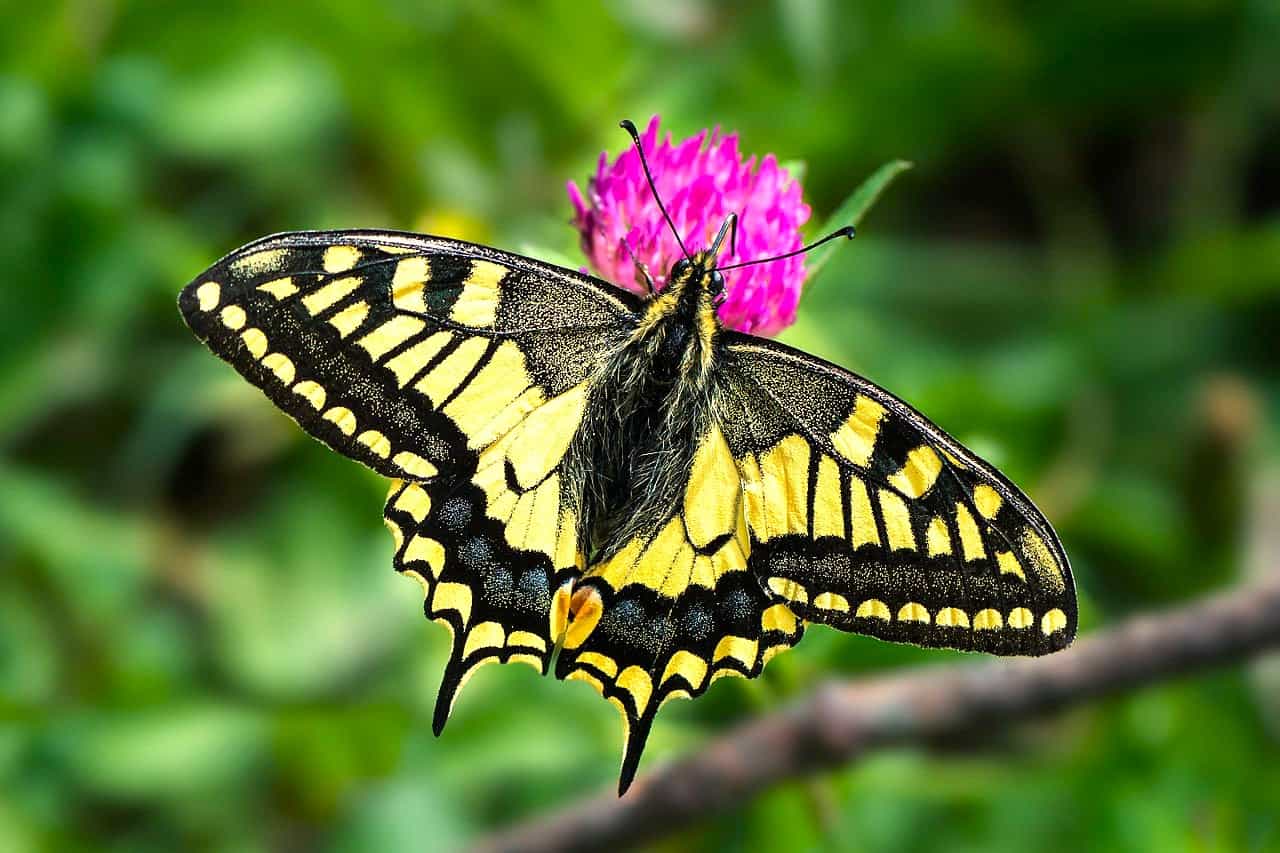
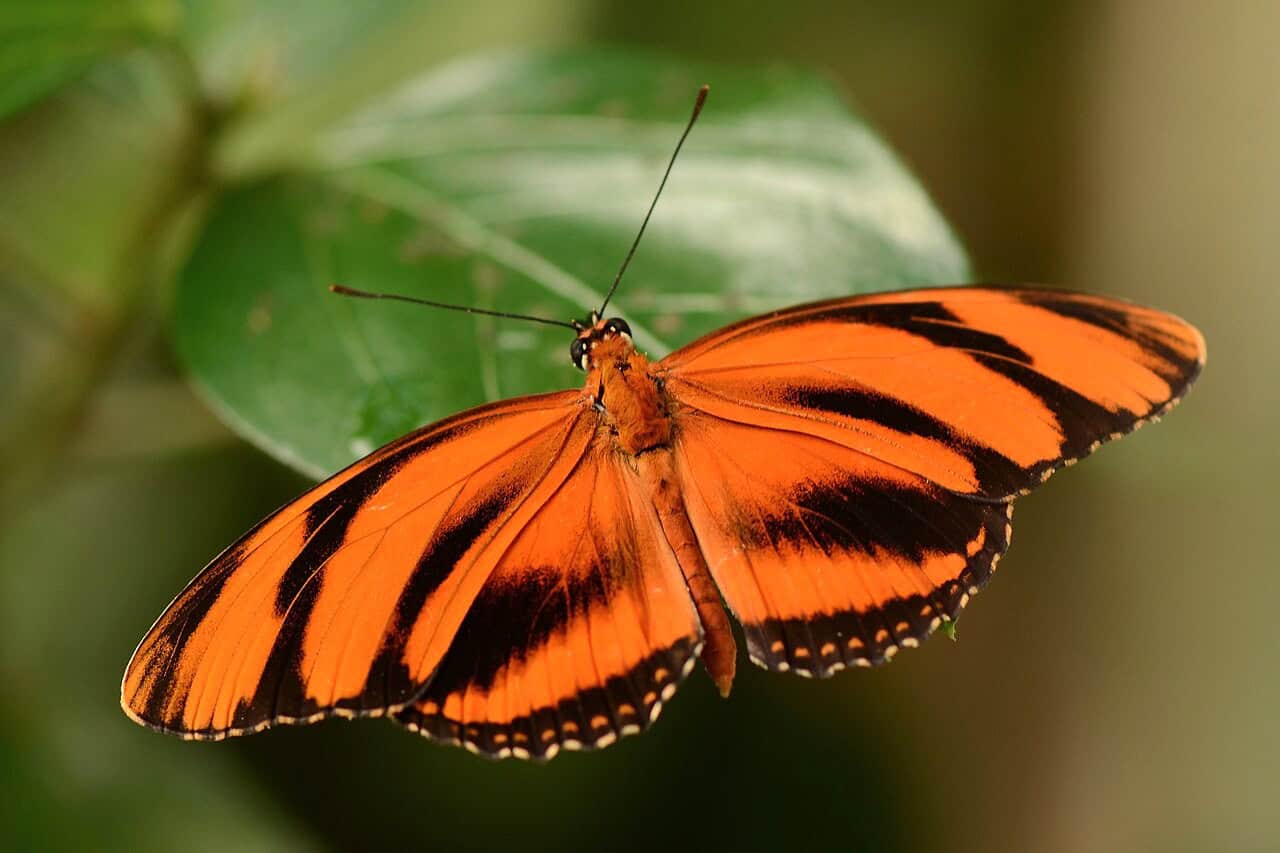
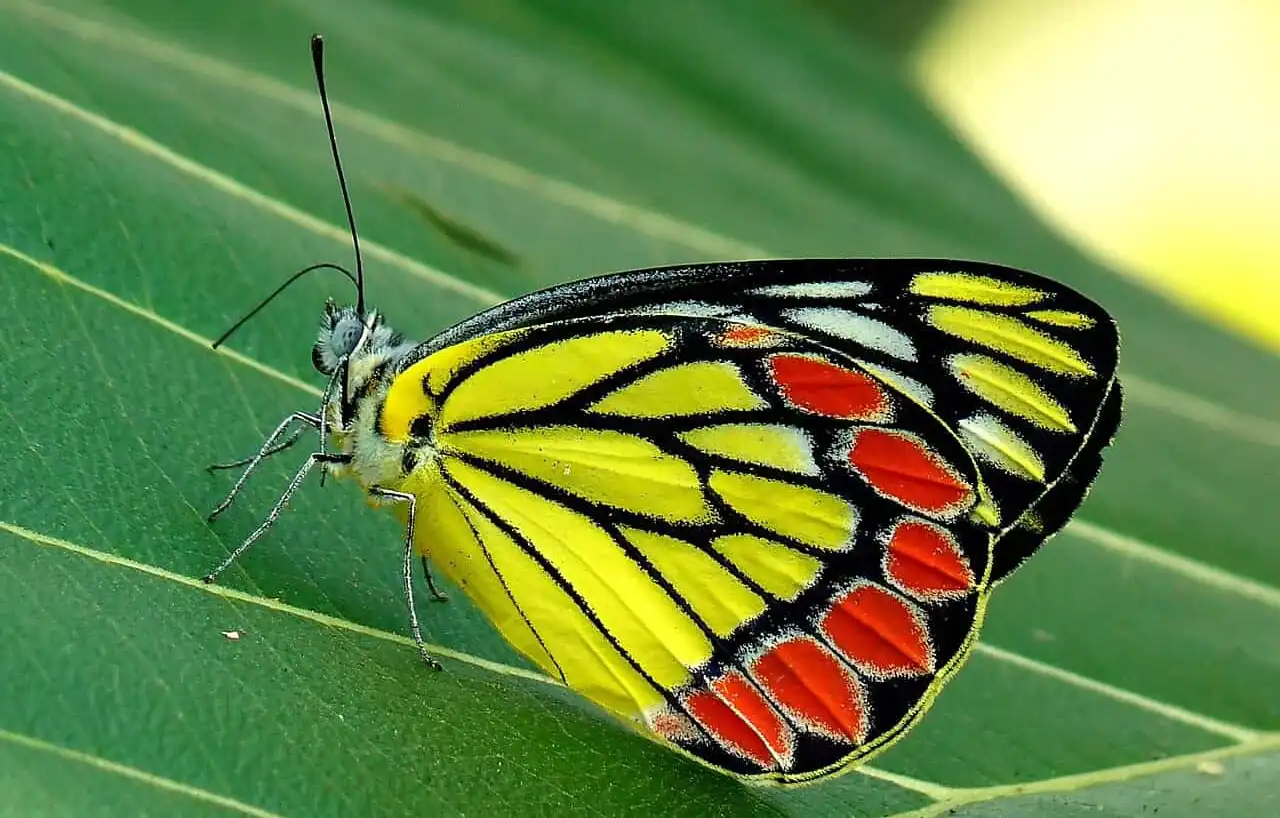
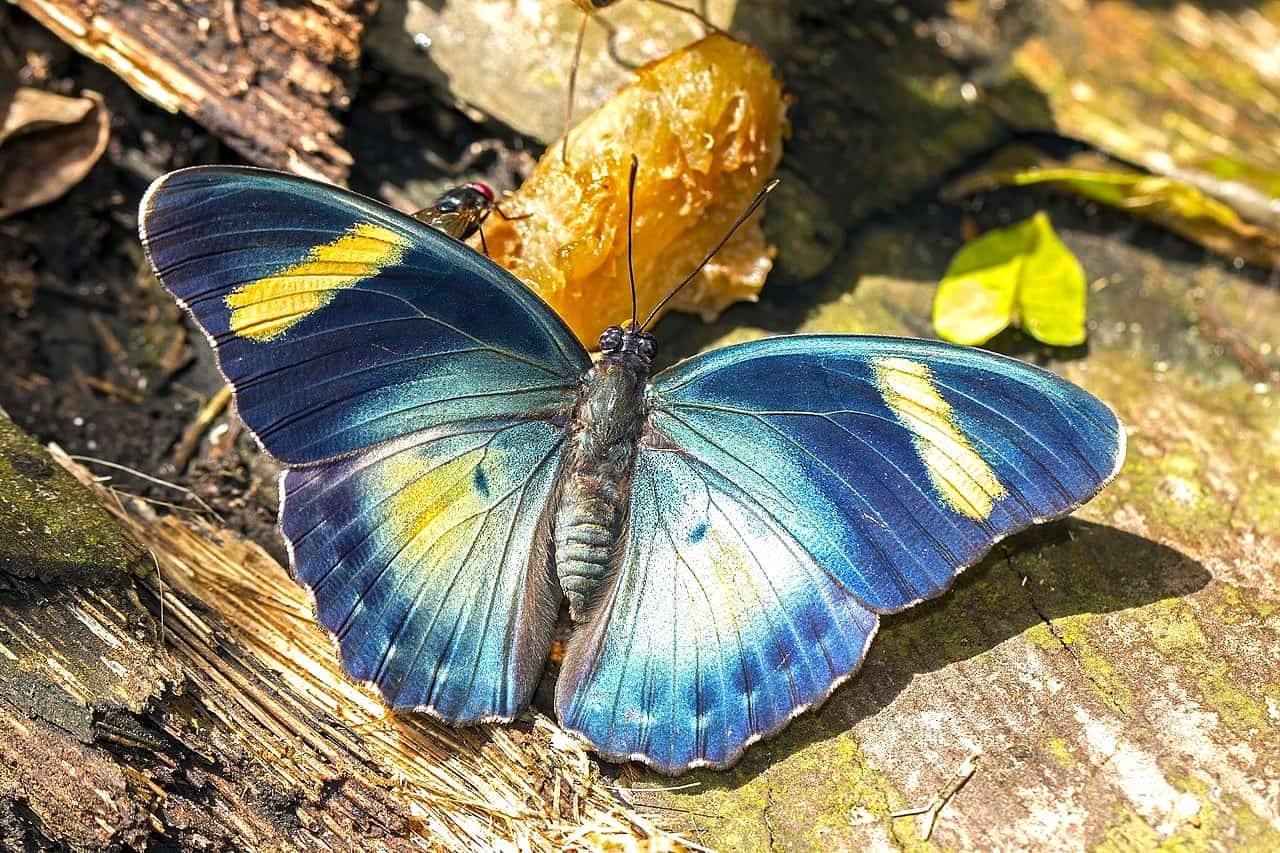
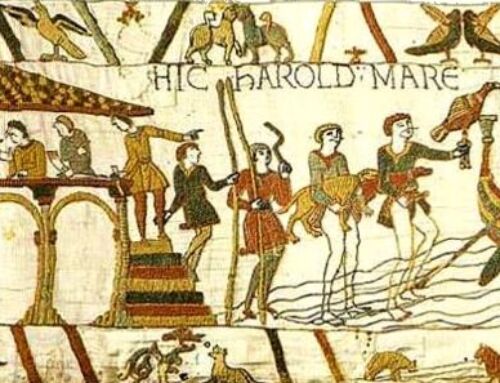
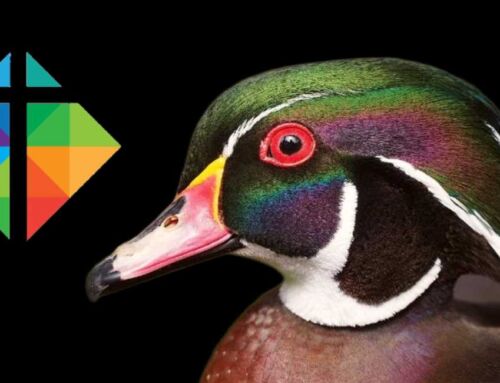

Leave A Comment